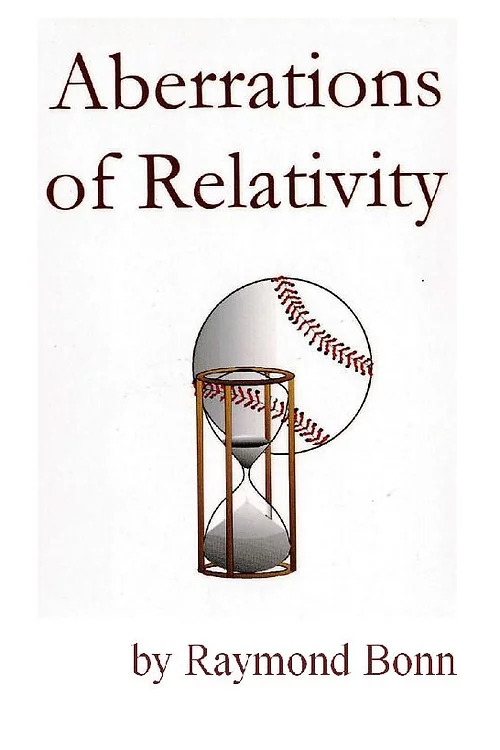Aberrations of Relativity
This book is an anthology of articles, essays, and short fiction that portray a different interpretation of the formality of relativity. It provides a physical explanation rather than merely mathematical regimen for calculating a result of what another relatively moving observer should observe. Anticipating what an observation should be for another observer can be determined similar to how a next observation is anticipated in radar tracking systems. But, to continue with the analogy, actual observations of another observer in relative motion cannot accurately be precalculated. The relative motion of the platform upon which a remote event occurs cannot be fully determined and therefore there is an inevitable degree of uncertainty that precludes Einstein’s ‘boosting’ (velocity addition formula) from determining the outcome of observation. Boosting is necessary if one were to justify the Lorentz equations being interpreted as a group transformation. The equations are shown in this book to be legitimately restricted to the relationship between the spacetime coordinates of events that occur on platforms fixed within one of the two frames of reference or the other. Thus, the observers are restricted to an event-by-event correlation between frames of reference; there is no legitimate method for transforming the entire spacetime (with events on dynamically moving objects) seen by one observer onto what the other observer will see. The spacetime location of where and event is observed to occur in one frame can be ‘transformed’ to the other frame, but if that event occurred on a platform in motion with regard to both observers, the coordinates of the observed event itself will differ unpredictably. Reality is more complex than than even Einstein’s relativity; determinism is unwarranted.
The paradoxes and antinomies of relativity derive from assuming the possibility of bipartite transformation of all spacetime. The possibility of observing Lorentz contraction was adequately refuted by Roger Penrose as discussed in this book and more extensively in the book Relativity of Visual Observation. Clock time dilation — as against dilated light transmission times for events in the other frame of reference — is illustrated as commensurably illusory. Refer to one of the sections of the book that addresses this problem here. Fantasies of aging disparities of individuals with different space travel trajectories are also addressed. Consider the fictional situation envisioned by Sir Roger Penrose included in the excerpt here.
